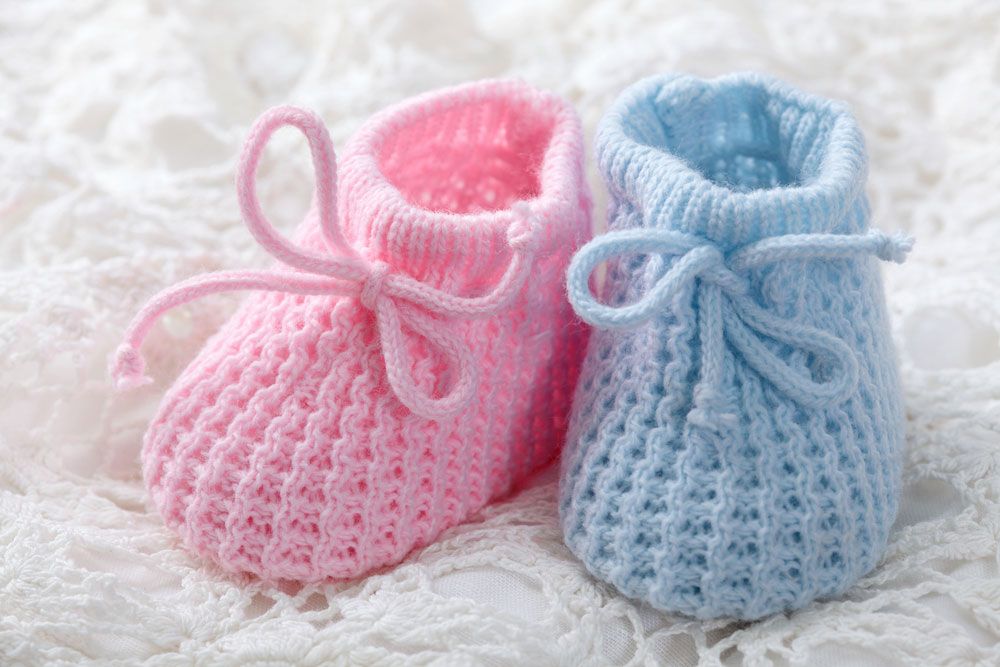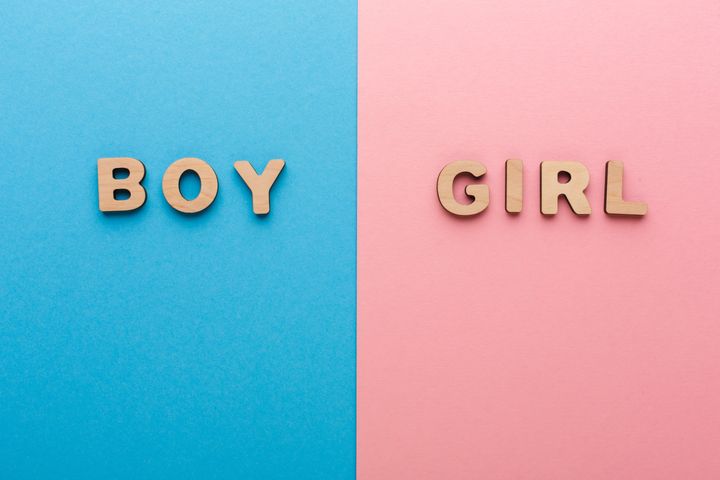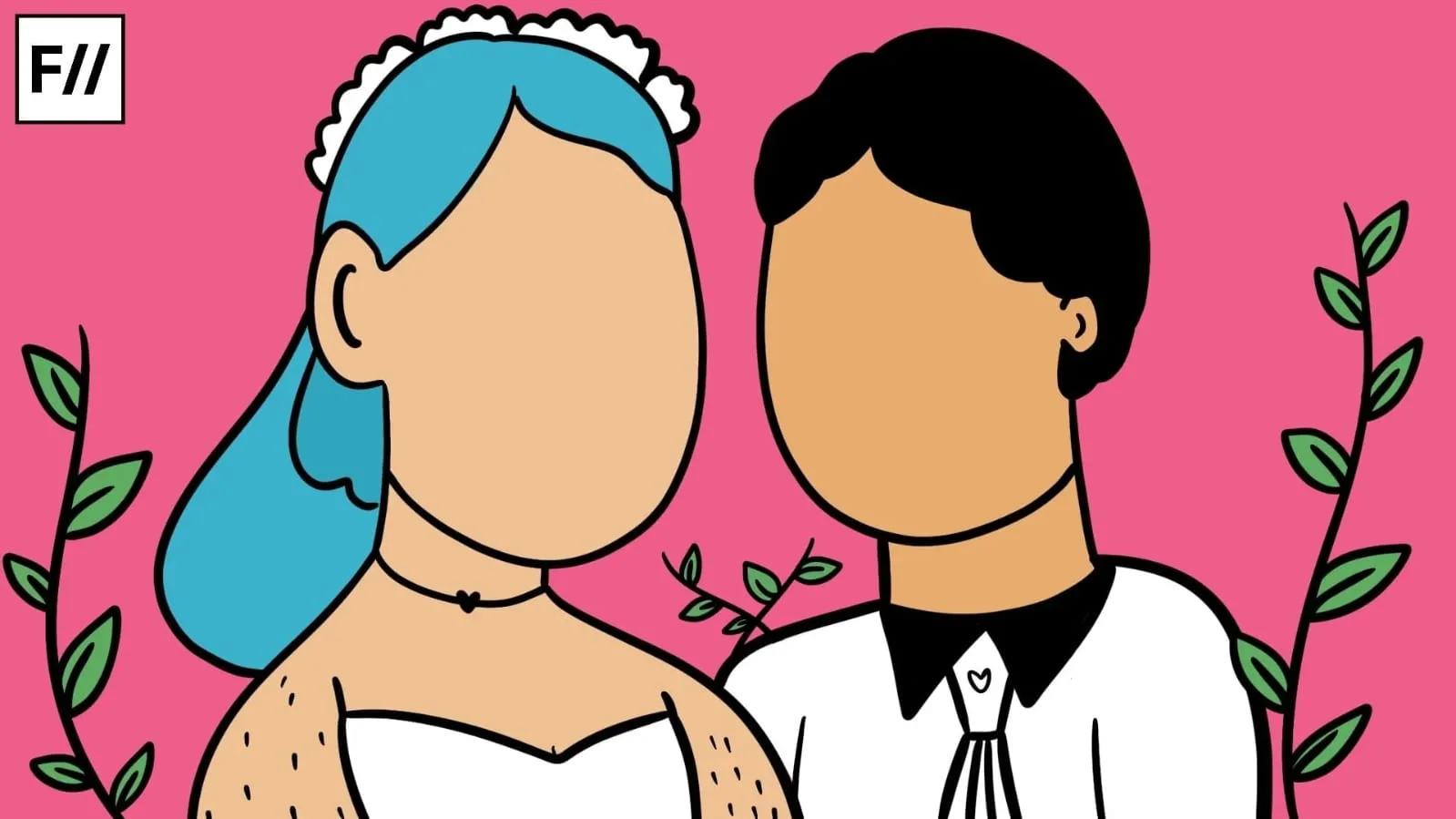I recently became a mother to a boy. While I’m still overwhelmed with the never-ending newborn routine of breast-feeding, burping and diaper changing, what has emerged as a new discovery to me is the parenting stereotypes so rampant and ingrained in our culture.
To begin with, let’s talk about diaper changing stations. We took our newborn to the pediatrician, and he relieved himself at the hospital. I directed my husband to change his diaper in the men’s washroom, while I was standing in the queue at the billing counter. But it turns out, here are no diaper changing stations in the men’s washroom! When I enquired with the cleaning staff as to where to find a changing station, they nonchalantly replied, “In the women’s washroom, where else?”
While I obviously got out of the billing queue, and rushed to the women’s washroom, I could not help but wonder why it is so unobvious to expect a diaper changing station in the men’s washrooms. Getting the men to change diapers remains an uphill task, and to add to the labour, the existence of supporting facilities is a completely different hill altogether!
We see this association of colour with gender in baby shower themes, gender reveal videos, as well as any kind of content that is based on new borns, birthing and parenting. This not only creates a problematic dichotomy of assigning certain aesthetics to children of a particular gender, but also later on is used as a tool to shame them. We know the stereotype around boys who like or wear pink. They are considered ‘girlish‘ because pink is meant for girls. This also most definitely excludes the fact that it is the child who must choose their own gender pronoun and not the parents or the society. Gender is a spectrum and we cannot assume how the child identifies on their behalf

While there has been a lot of progress when it comes to maternity leave policies for working women in India, let’s talk about paternity leave briefly. Talking specifically in the context of India, women can avail up to six months of maternity leave. However, there is no such policy in place for paternity leave. It is left to the discretion of different companies to include provisions for a paternity policy in place, and fix the duration.
Some of the bigger, gender sensitive companies have a three month paternity policy in place. Clearly, there are pre-existing stereotypes about the role of the father in the upbringing of the child. Even if a father wants to shoulder equal parenting responsibilities, the employment policies do not support this.
Also read: Paternity Leave And Parenting Stereotypes: Policy Changes Must Be Backed By Change In Attitude
These stereotypes are so ingrained in our pop-culture that it boxes choices into buckets and any choices outside of these buckets are not socially accepted. Our social construct may condition us to confirm to gender roles and reinforce them in future generations, but we must see through it and respect the fact that children are their own people. It may be a slow process of adaptation for parents as well, because we are all fighting our conditioning, but we must realise it
There are many stereotypes that pertain to parenting. One of the first among them that new parents experience is perhaps the colour choices when it comes to new-born dressing. Well, no points for guessing – boys wear blue and girls wear pink. This has been very deeply ingrained in our society and has been reinforced through advertising and other popular culture avenues.
We see this association of colour with gender in baby shower themes, gender reveal videos, as well as any kind of content that is based on new borns, birthing and parenting. This not only creates a problematic dichotomy of assigning certain aesthetics to children of a particular gender, but also later on is used as a tool to shame them. We know the stereotype around boys who like or wear pink. They are considered ‘girlish‘ because pink is meant for girls. This also most definitely excludes the fact that it is the child who must choose their own gender pronoun and not the parents or the society. Gender is a spectrum and we cannot assume how the child identifies on their behalf.

I undertook the arduous task of finding some yellows, greens, greys, pinks for my boy’s naming ceremony, but met with very little success. I put up pink and red balloons, in addition to the blue and white ones – and “boy” was I grilled for my choice of balloon colors in the decor for the ceremony! (I made a note to myself that his first birthday decor will be all pink)
Talking of the gifts that the guests got for the baby (we had a covid compliant gathering for this function) – all of them were variants of cars, trucks, autos, bikes and the likes. A cousin of mine delivered a baby girl a month before me, and for her girl’s naming ceremony, all the gifts were variants of dolls, house-sets, pink frilly frocks and so on. This binary assignment of character that begins even before a child can speak for themselves is problematic and extremely restrictive.
I just wonder, are we as parents, ready to accept diversity in the choices we make regarding our children? Are we okay if our boys wear pink, venture into the kitchen and learn to make round chapatis? Would we be fine giving our girls toy bikes to play with if that is what they like, and giving them real ones at 18?
These stereotypes are so ingrained in our pop-culture that it boxes choices into buckets and any choices outside of these buckets are not socially accepted. Our social construct may condition us to confirm to gender roles and reinforce them in future generations, but we must see through it and respect the fact that children are their own people. It may be a slow process of adaptation for parents as well, because we are all fighting our conditioning, but we must realise it. For now, I’m preparing myself to not freak out if years later, my boy Eshan chooses to marry a boy, become a chef, or wants to wear pink.
Also read: COVID-19: Are Pink Masks Only For Girls? Taiwan Health Officials Say No!
Divya is a sales & marketing professional who has worked extensively in the Indian FMCG industry and has recently forayed into the consumer tech space. Apart from building winning teams and solving marketing problems, Divya is passionate about Women@work and Managing with respect. You may find her on LinkedIn
Featured Image Source: HuffPost UK




